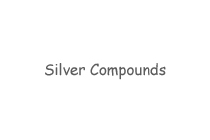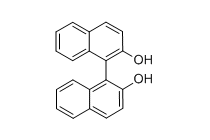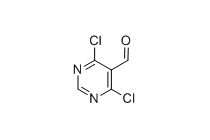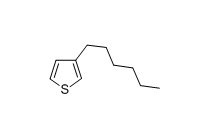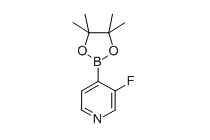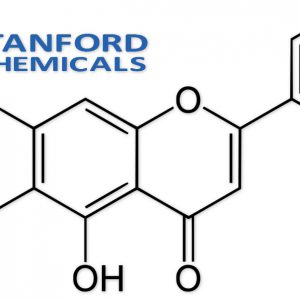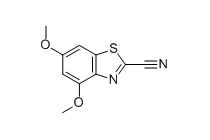- Home
- Industrial & Lab Chemicals
- Catalysts and Ligands
- 010-000-002 Silver Compounds
010-000-002 Silver Compounds
Stanford Chemicals supplies high purity silver compounds, they are:
Silver(I) nitrate
Silver(I) cyanide
Potassium dicyanoargentate(I)
Silver(I) chloride
Silver(I) acetate
Silver(I) sulfate
Silver(I) oxide
Silver(II) oxide
Silver(I) iodide
Silver(II) carbonate
- Description
Description
Best silver compounds for you:
| Silver Compounds | |||||
|---|---|---|---|---|---|
| Compounds | Chemical Formula | CAS NO. | Metal Content | Characteristics | Inquiry |
| Silver(I) nitrate | AgNO3 | 7761-88-8 | 63.50% | Off-white powder | |
| Silver(I) cyanide | AgCN | 506-64-9 | ≥80.3% | White to off-white powder | |
| Potassium dicyanoargentate(I) | K[Ag(CN)2] | 506-61-6 | ≥54.2% | White crystalloid substance | |
| Silver(I) chloride | AgCl | 534-16-7 | 75.00% | White powder | |
| Silver(I) acetate | Ag(OAc) | 563-63-3 | 64.00% | Off-white powder | |
| Silver(I) sulfate | Ag2SO4 | 10294-26-5 | 69.00% | White powder | |
| Silver(I) oxide | Ag2O | 20667-12-3 | 93.00% | Black powder | |
| Silver(II) oxide | AgO | 1301-96-8 | 87.00% | Black powder | |
| Silver(I) iodide | AgI | 7783-96-2 | 85.00% | Yellow powder | |
| Silver(II) carbonate | Ag2CO3 | 534-16-7 | 78.00% | Yellow to pale green powder | |
Silver Description
Silver (Ag), chemical element, a white lustrous metal valued for its decorative beauty and electrical conductivity. Silver is located in Group 11 (Ib) and Period 5 of the periodic table, between copper (Period 4) and gold (Period 6), and its physical and chemical properties are intermediate between those two metals.
Silver Compound Description
For silver the preeminently important oxidation state in all of its ordinary chemistry is the state +1, although the states +2 and +3 are known.
Silver compounds include silver chloride (AgCl), silver bromide (AgBr), and silver iodide (AgI). Each of these salts is used in photography. Silver chloride serves as the light-sensitive material in photographic printing papers and, together with silver bromide, in certain films and plates. The iodide is also used in the manufacture of photographic papers and films, as well as in cloud seeding for artificial rainmaking and in some antiseptics. All three halides are derived from silver nitrate (AgNO3), which is the most important of the inorganic silver salts. Besides these other salts, silver nitrate is also the starting material for the production of the silver cyanide used in silver plating.

